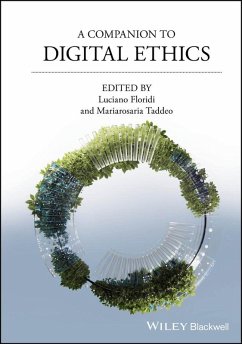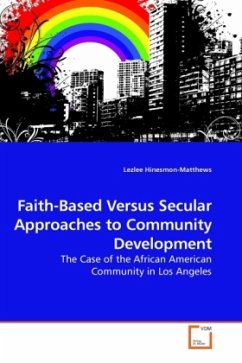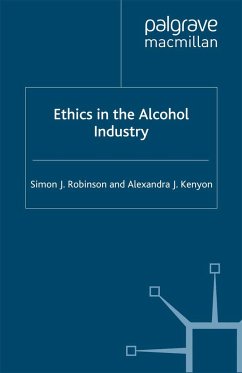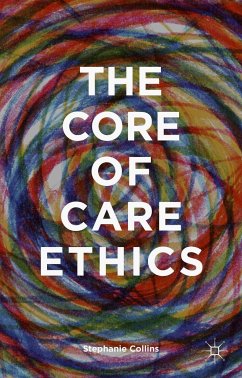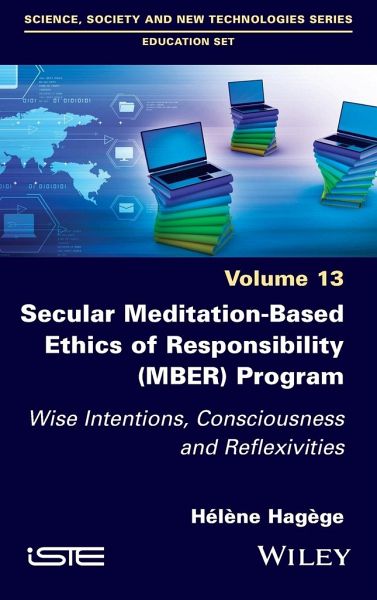
Secular Meditation-Based Ethics of Responsibility (Mber) Program
Wise Intentions, Consciousness and Reflexivities
Versandkostenfrei!
Versandfertig in über 4 Wochen
146,99 €
inkl. MwSt.
Weitere Ausgaben:

PAYBACK Punkte
73 °P sammeln!
An ethical solution to the current health, ecological and financial problems we face is to mobilize our responsibility by overcoming our duality with the environment. It calls for changes in attitudes and behaviors that are not self-evident and can be facilitated by specific learning. Mindfulness-based interventions (MBI) are increasingly used in professional settings, particularly in therapy, because their effectiveness in terms of change is increasingly supported by scientific evidence. This book presents a detailed program aimed at developing an ethics of responsibility known as Mindfulness...
An ethical solution to the current health, ecological and financial problems we face is to mobilize our responsibility by overcoming our duality with the environment. It calls for changes in attitudes and behaviors that are not self-evident and can be facilitated by specific learning. Mindfulness-based interventions (MBI) are increasingly used in professional settings, particularly in therapy, because their effectiveness in terms of change is increasingly supported by scientific evidence. This book presents a detailed program aimed at developing an ethics of responsibility known as Mindfulness- or MeditationBased Ethics of Responsibility (MBER). It combines theoretical explanations, exercises and secular meditations to propose (rather than impose) ethical guidelines, accompanying participants in identifying their own ethical values, acting in accordance with them, while weakening their dual functionings.






